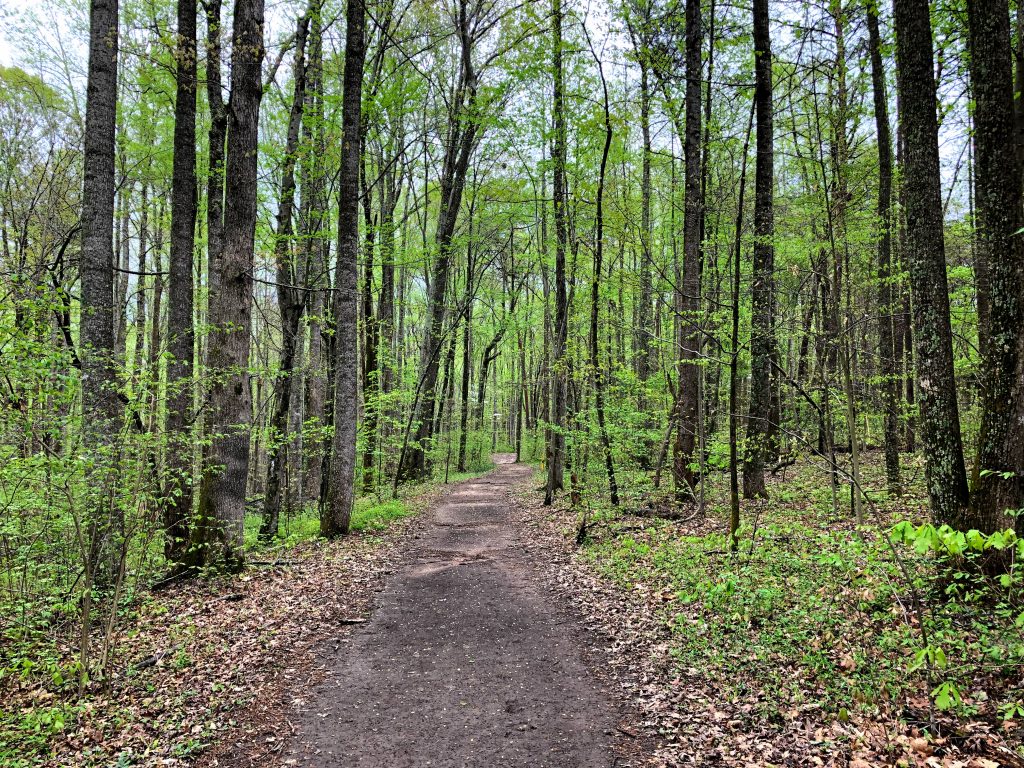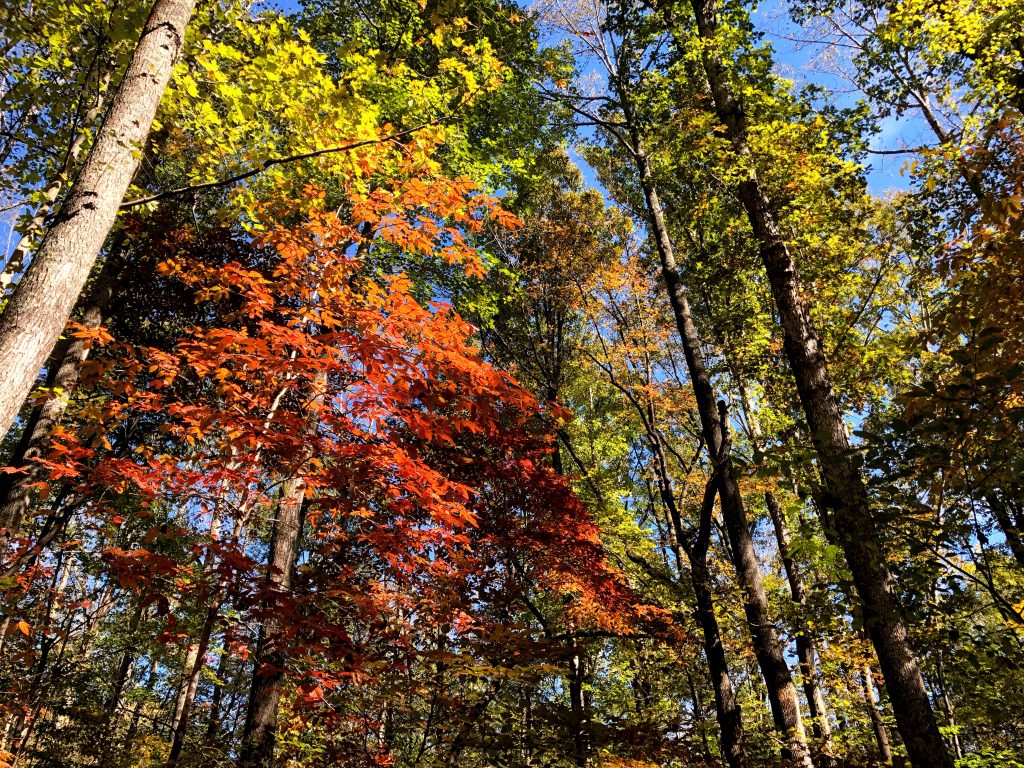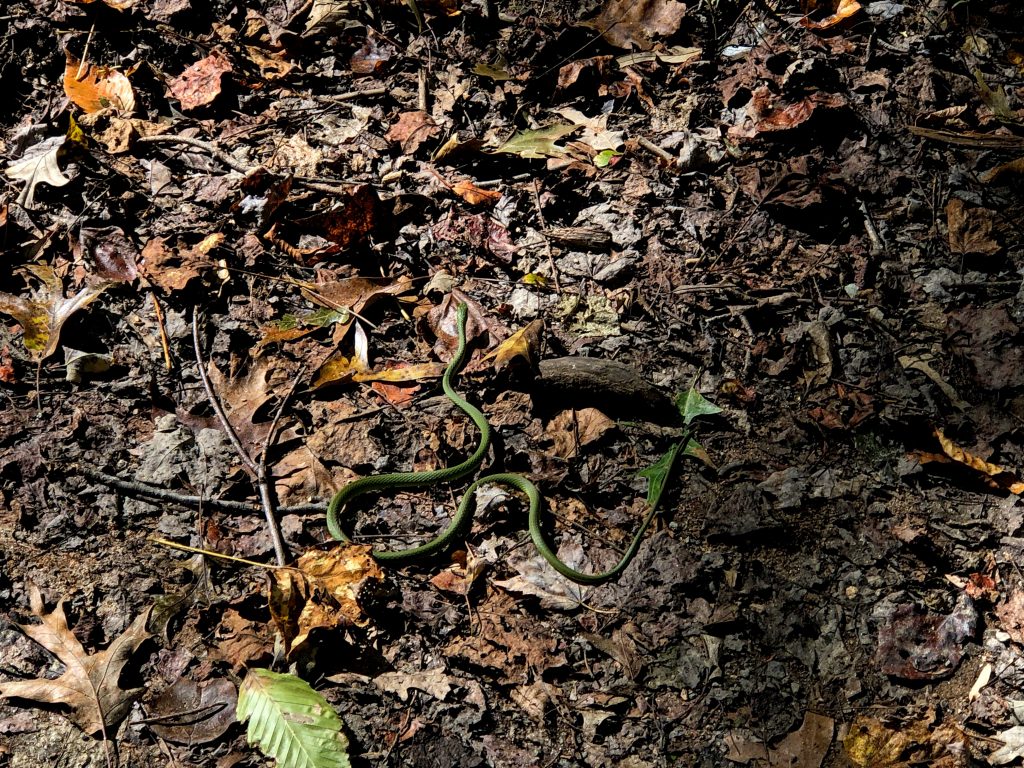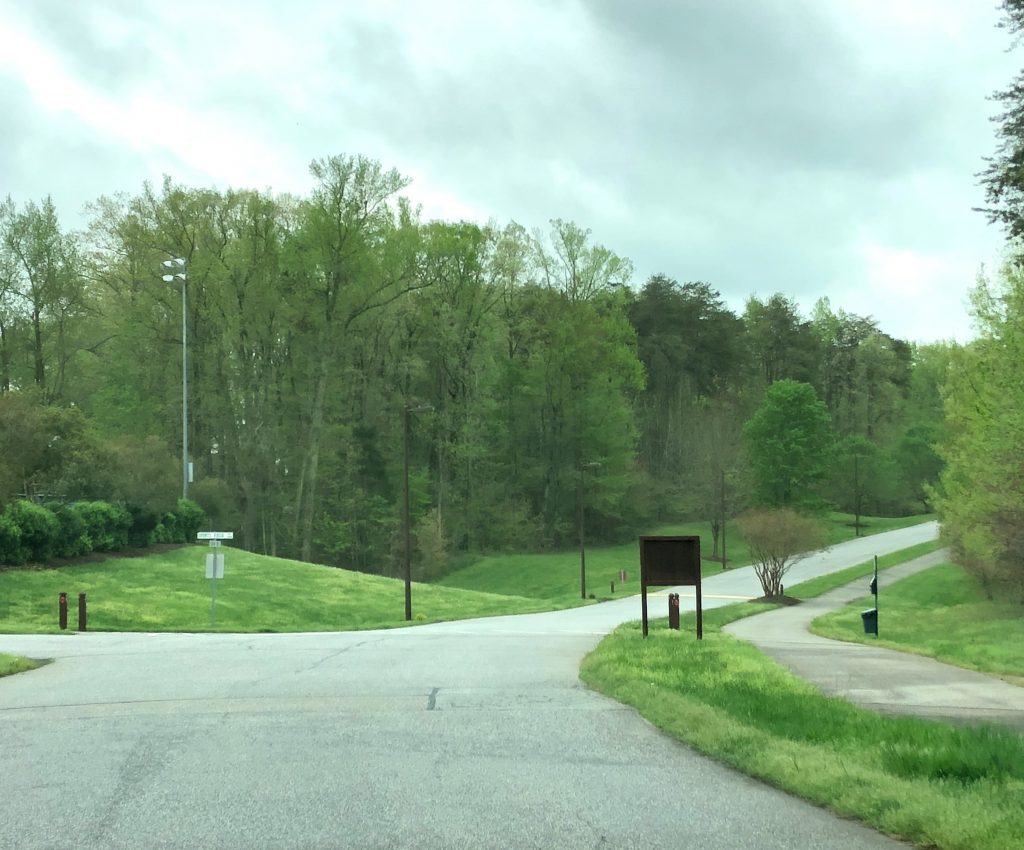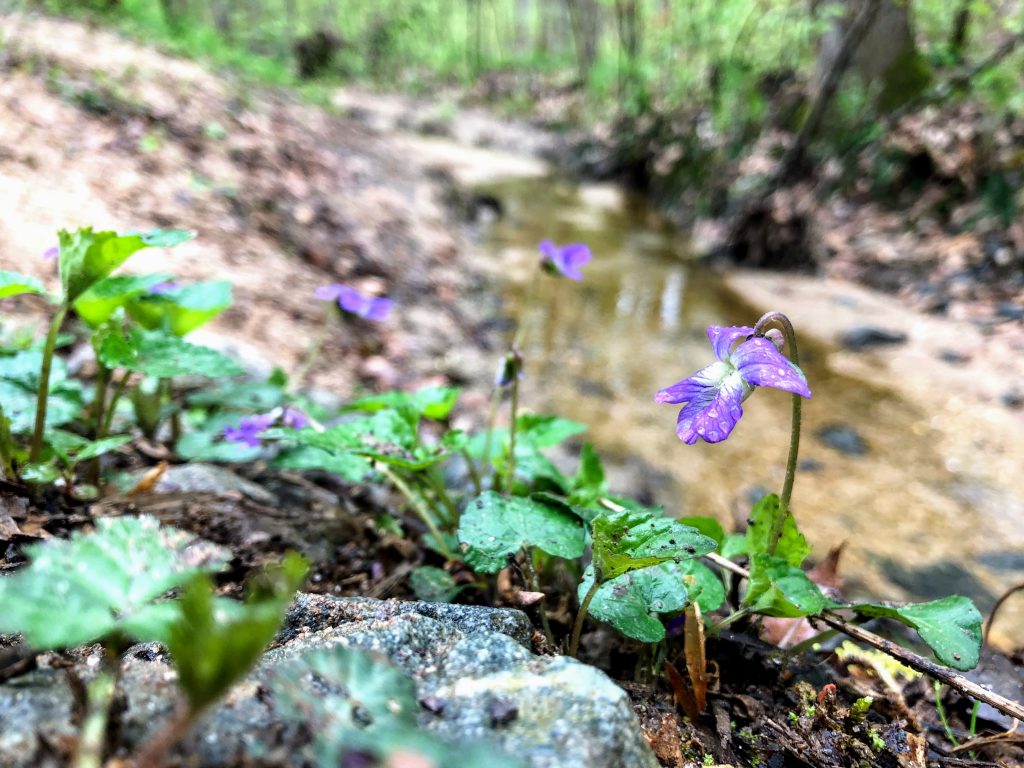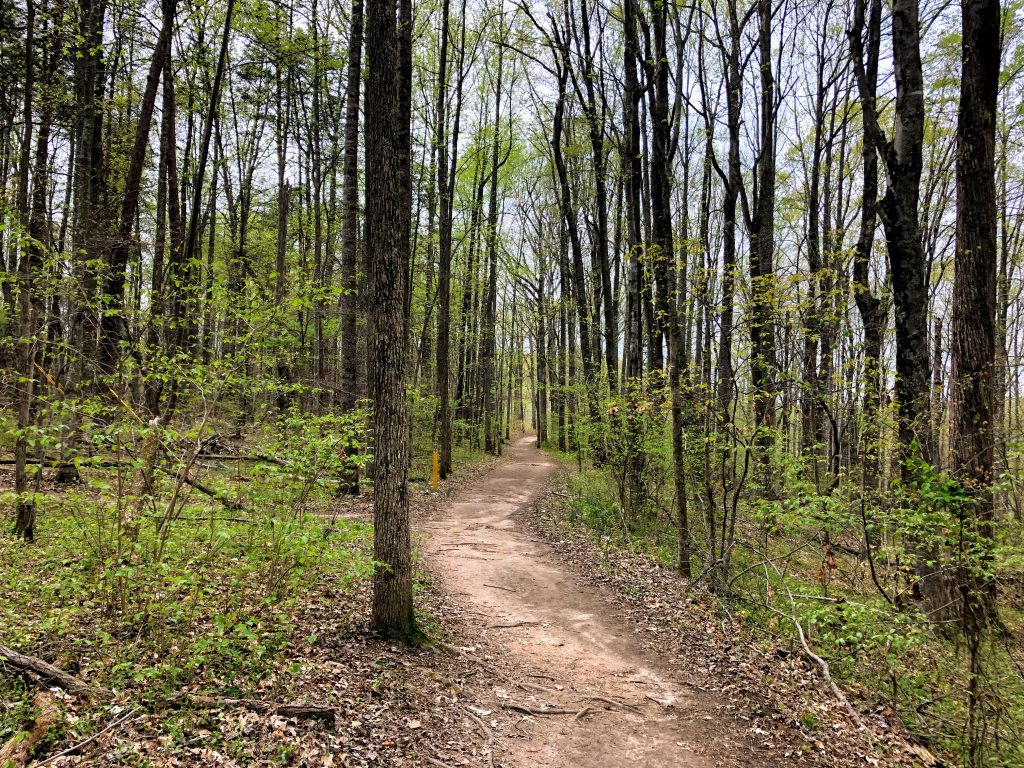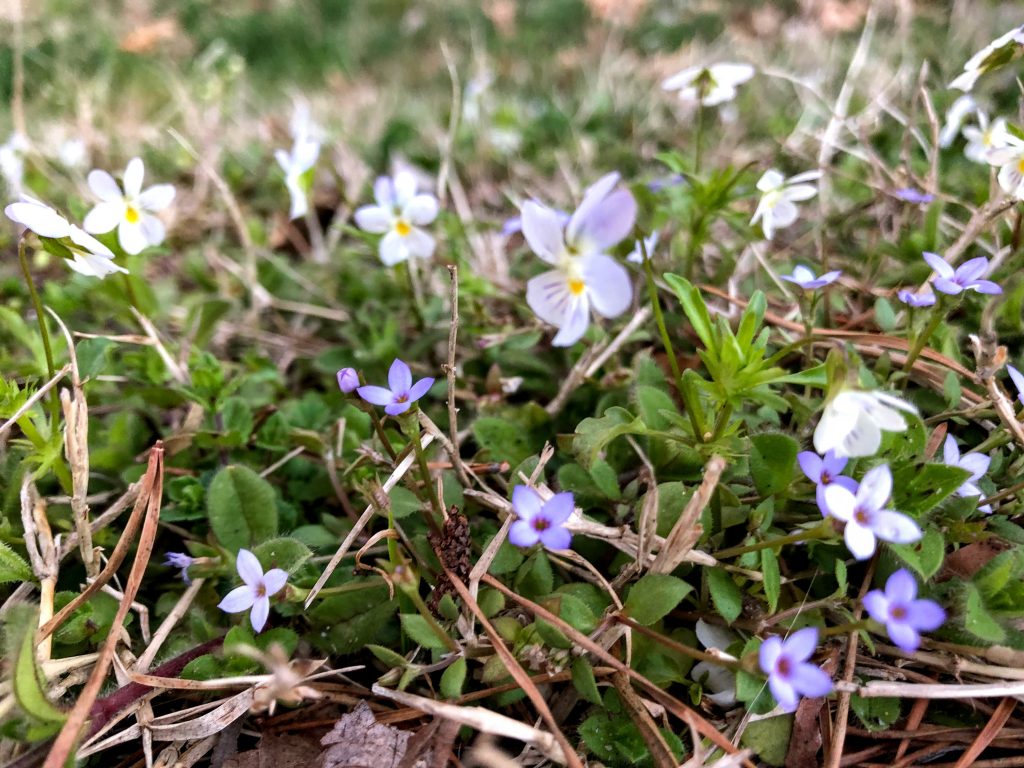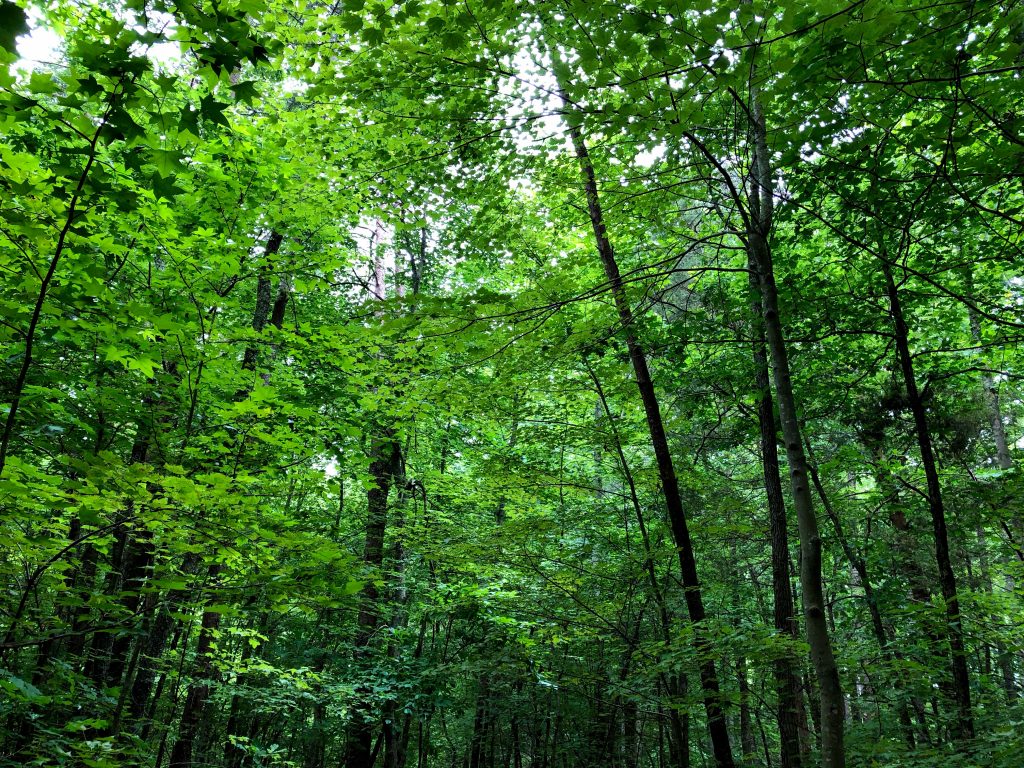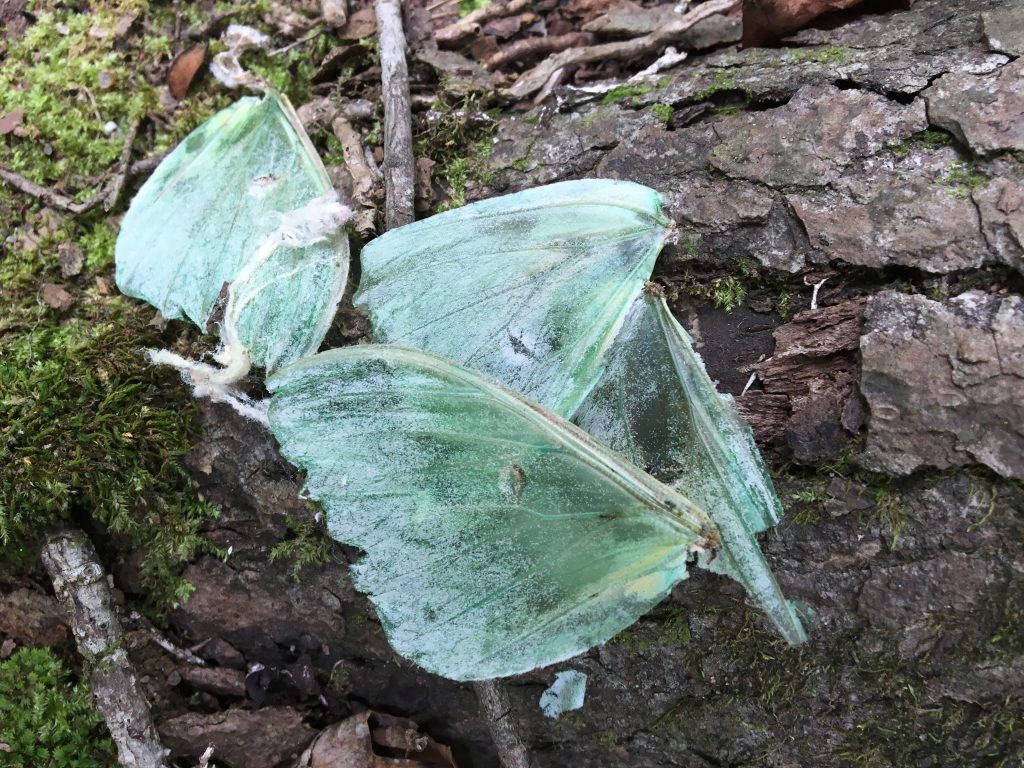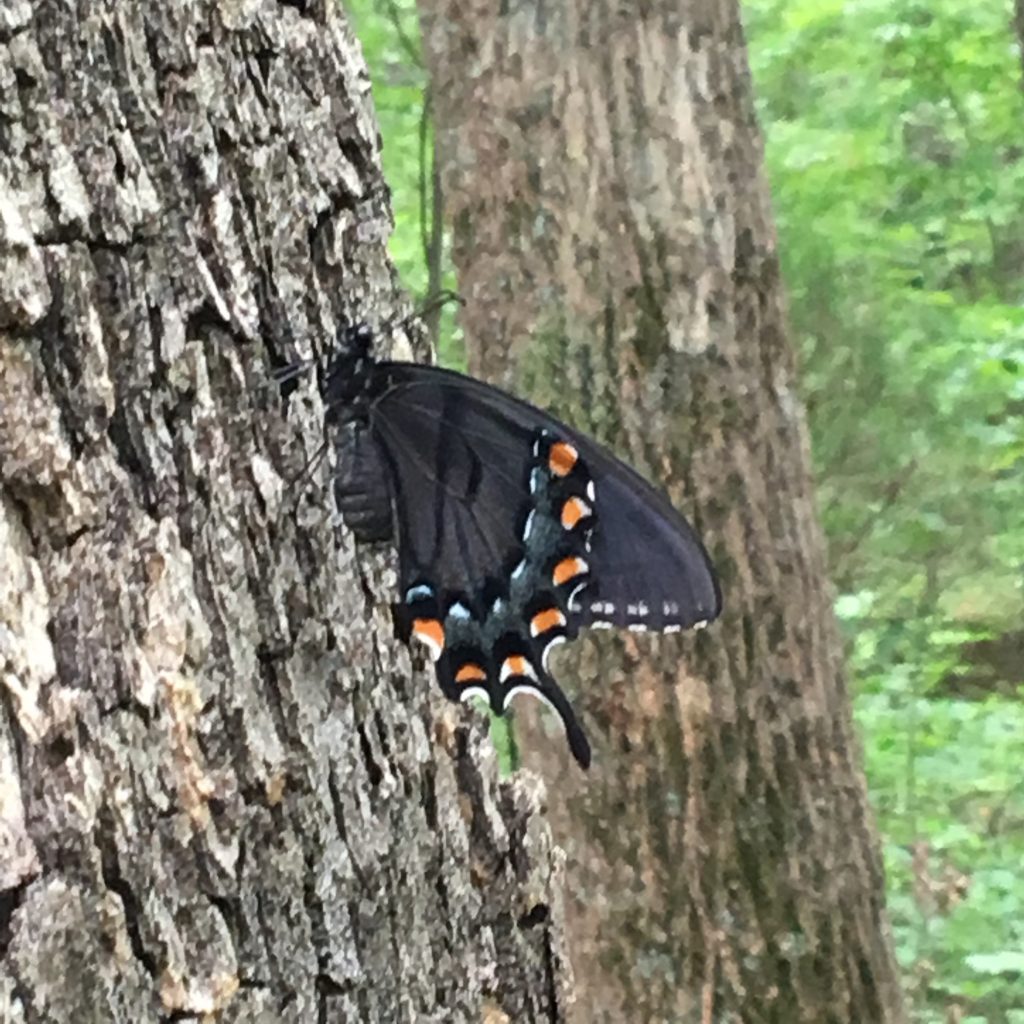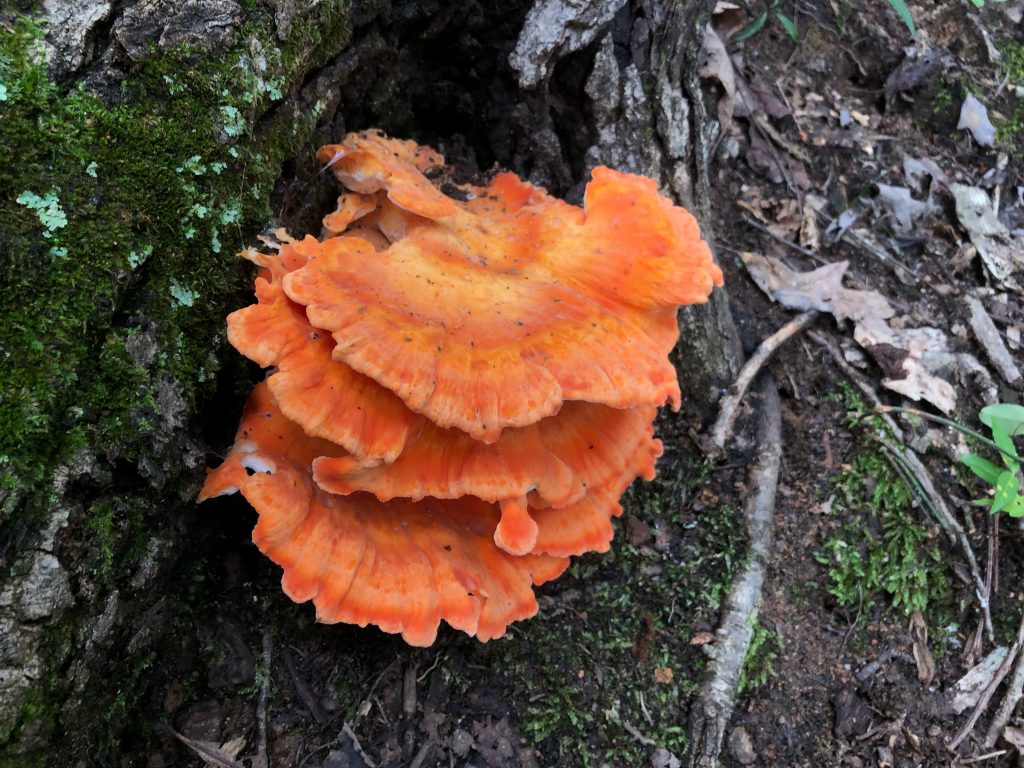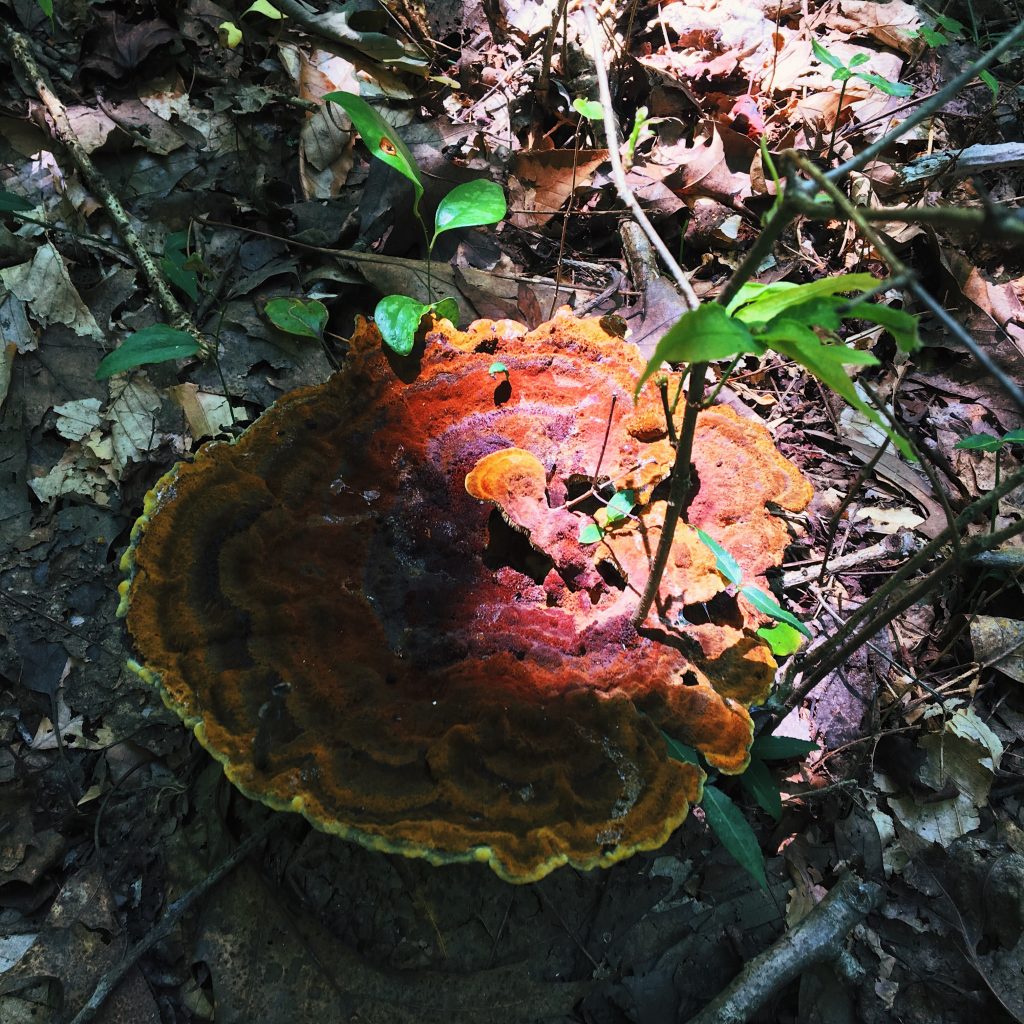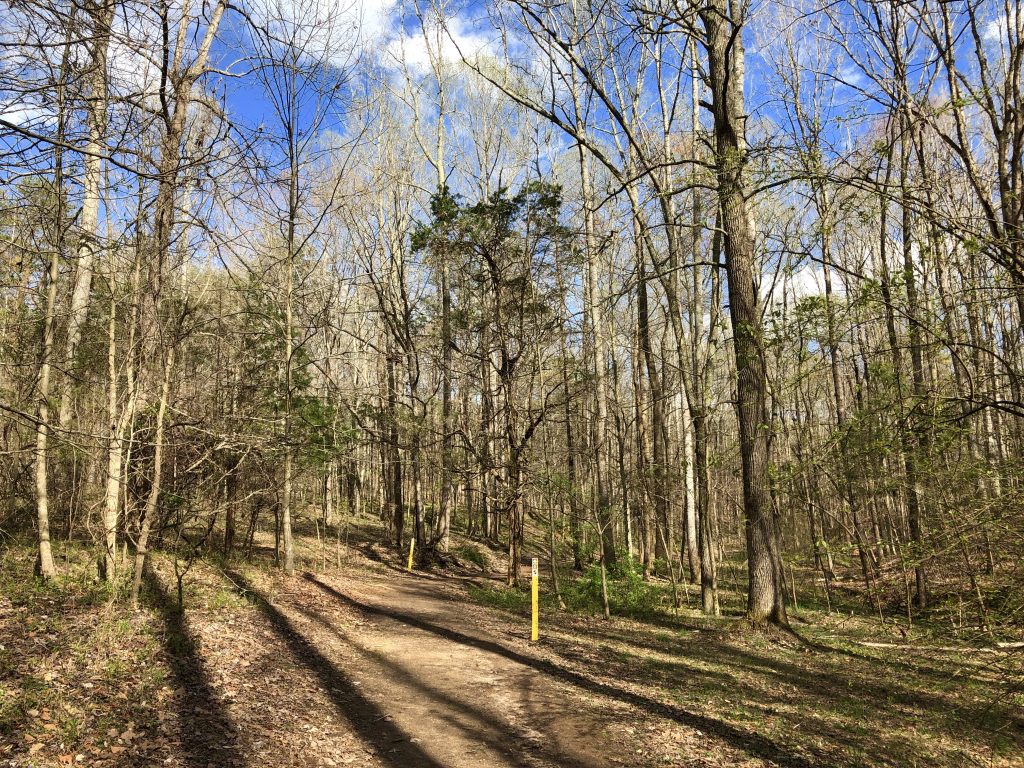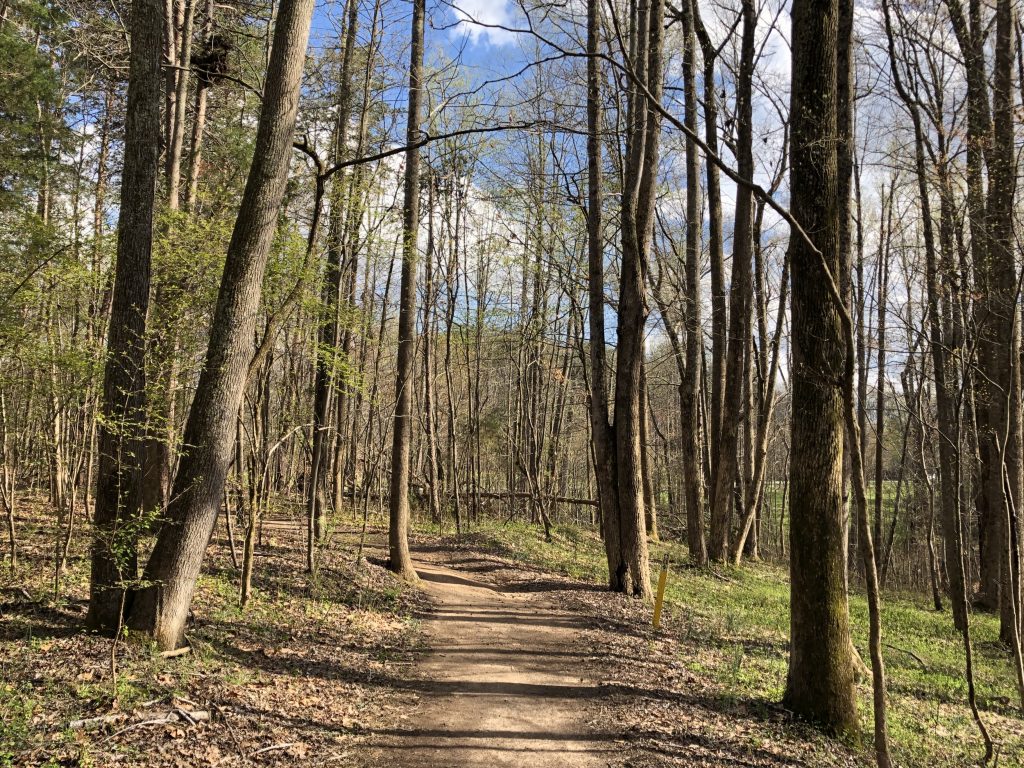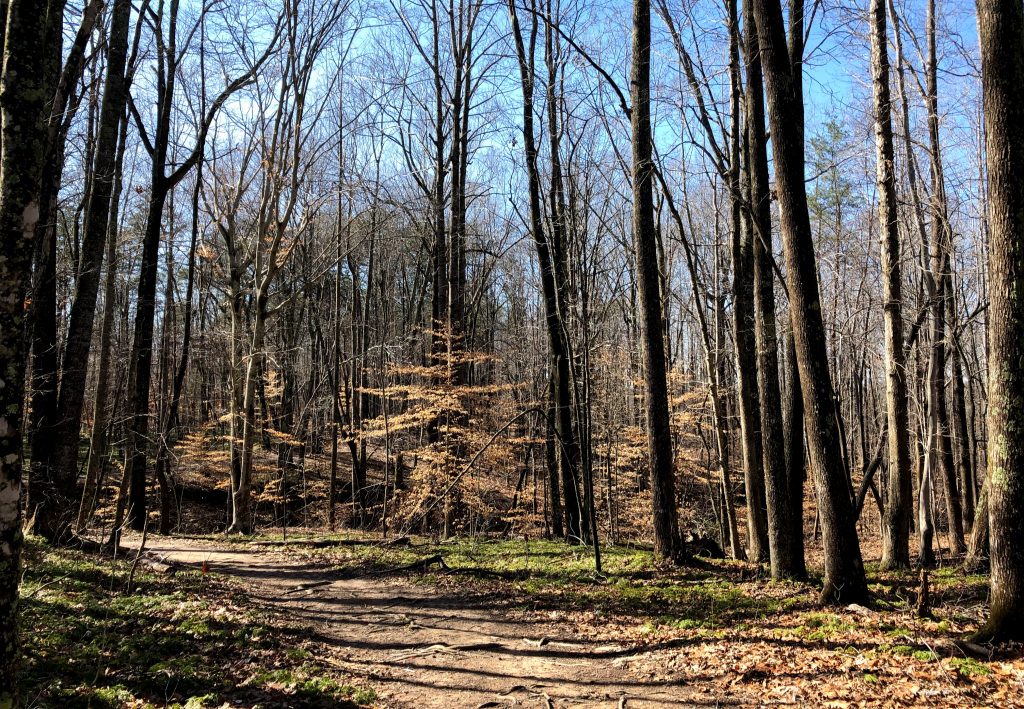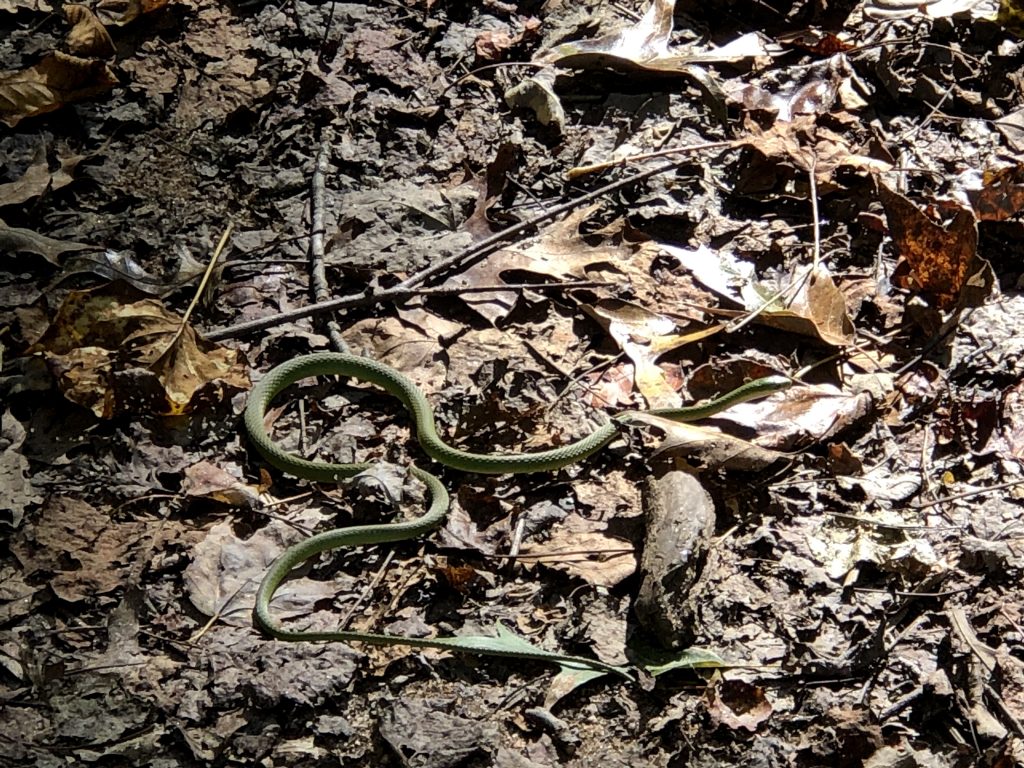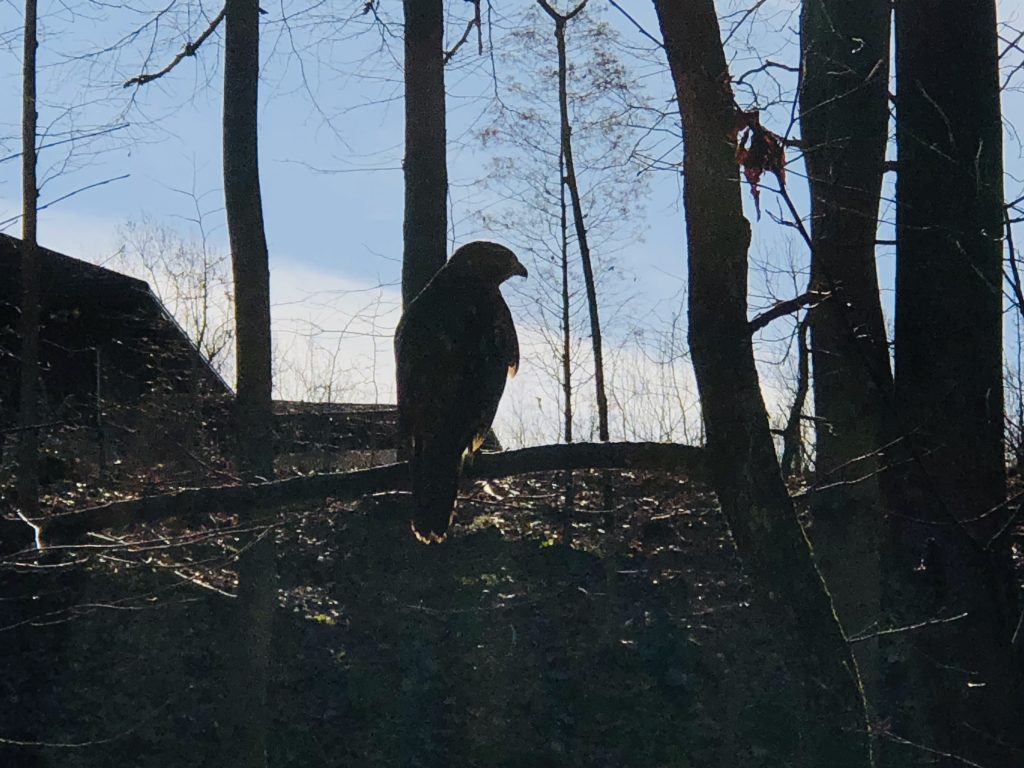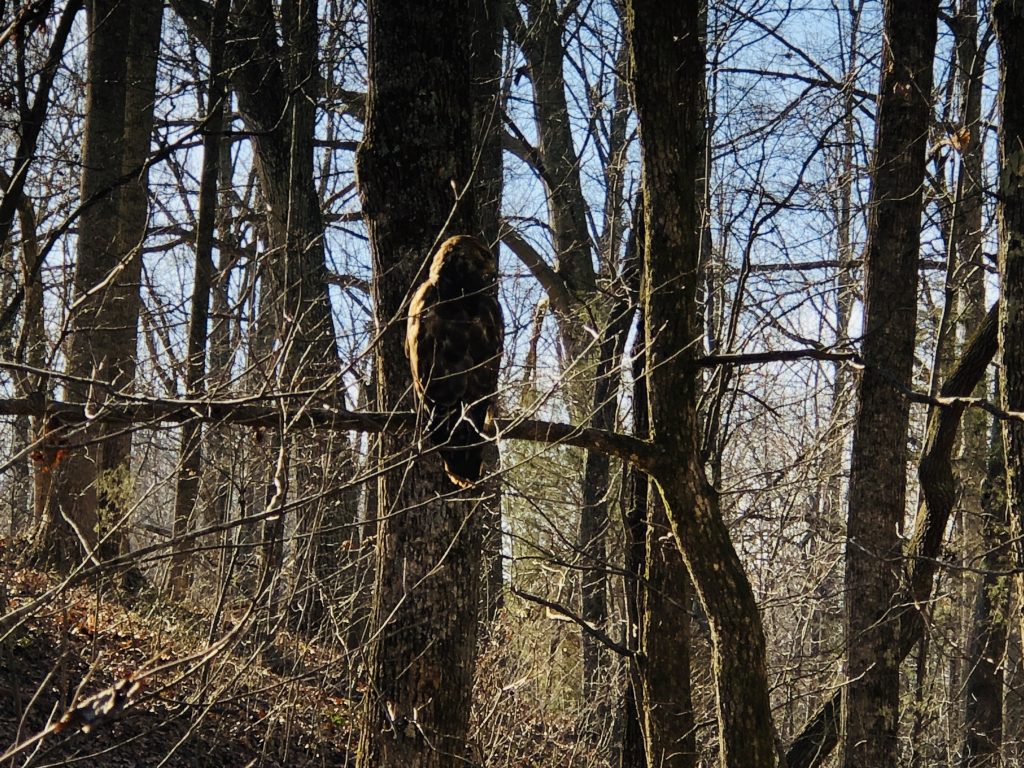Triad Park has been around since the 90s. The idea of the park has existed since the 60s. However, the land dates back far before any human came up with the idea to develop upon it and give it a name. Since it became a park, countless Triad-based and other individuals have flocked to the patch of land to practice mindfulness and enjoy the beauty of nature. I’m grateful to have such a nice place so near my home.
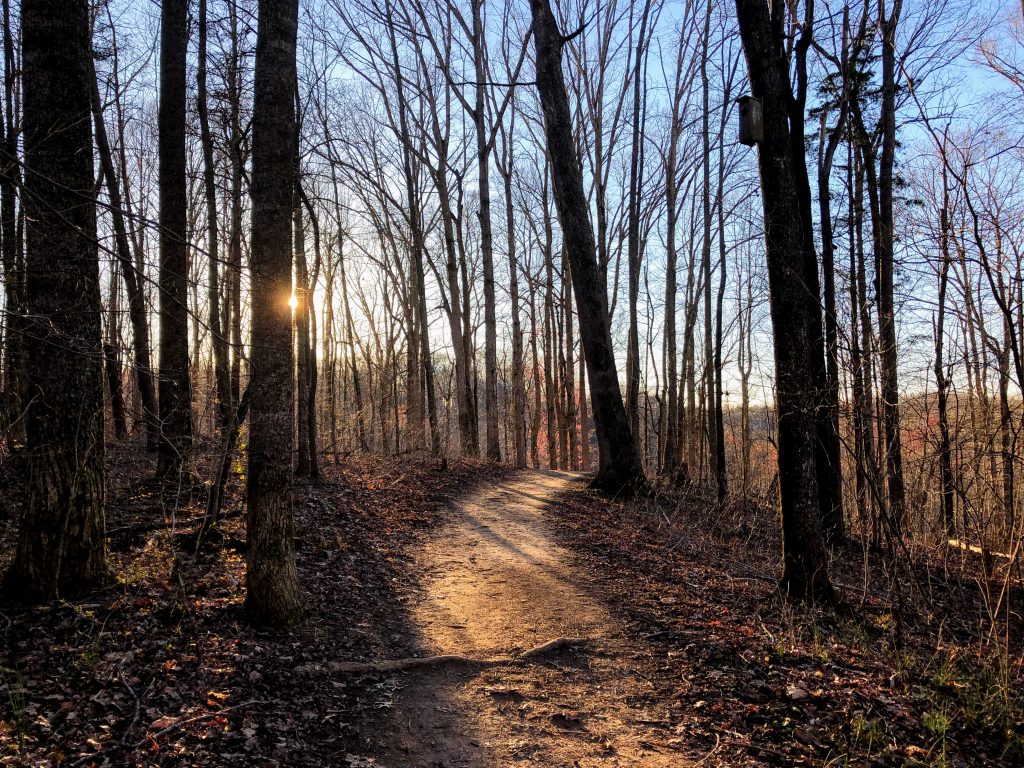
One of my fondest memories of Triad Park is spotting a flock of wild turkey during an October hike in the woods. Meleagris gallopavo, as science calls them, are actually pretty common around the Triad area. They have been spotted numerous times in the field near my house as well. However, I never thought that I may see some at Triad Park. It was a treat, to say the least, one of which I won’t forget.
A fun fact about wild turkey is that they are the same species as the domestic turkey. This makes sense, given that the ones that I saw on the trail were just as big as the turkey I have seen in captivity (or on the dinner table–too soon?). My best friend Alee has a fear of wild turkey, so I took all the more pleasure in informing her that wild turkey was migrating in the general direction of her house.
Another fond memory of the park involves sliding down the steep hill part of the trail while it was covered with snow. I ended up faceplanting in the snow, but it is still a memory that I will not forget. It is interesting to compare the memories I have of the wildlife around the Triad Park area with general memories of my interactions within the space with my friends and family. The memories are not in a short supply, that is for sure.
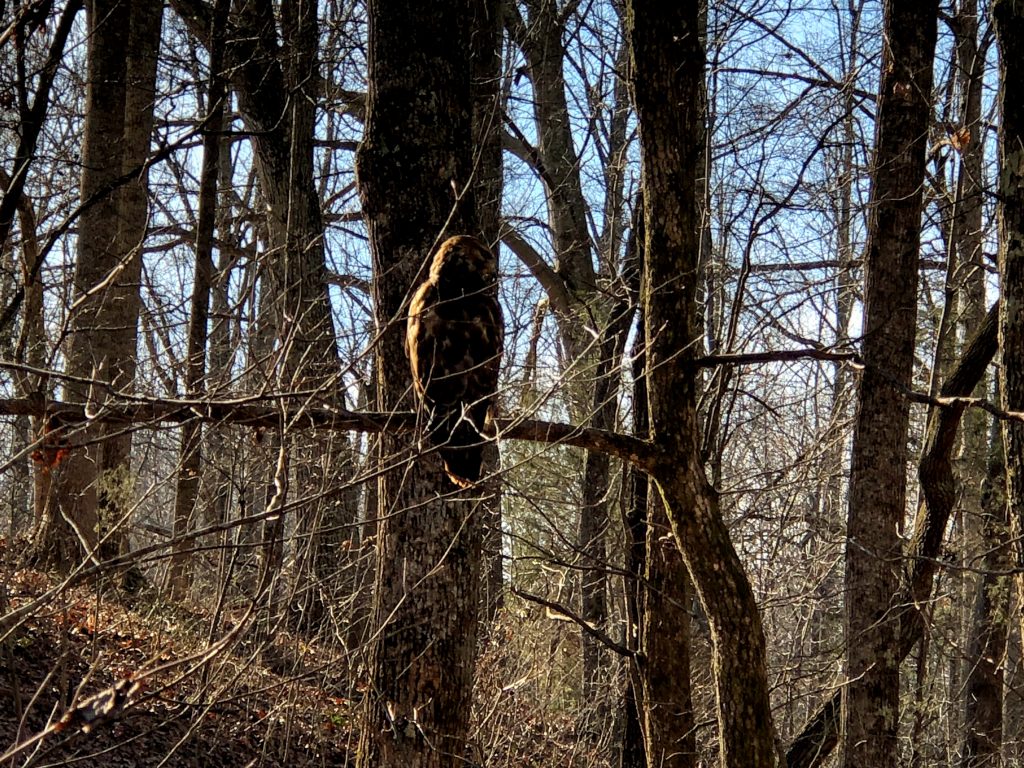
Remembering the good times at Triad Park would not be complete without discussing the park’s local Cooper’s Hawk. Cooper, as I like to call him, can be seen usually during the afternoon calling from a tree branch somewhere usually out of sight. One of my favorite memories of Cooper is when he got close enough to allow me to take pictures of him. Normally Cooper’s Hawks are wary of human presence and fly away at the sight of us. However, the hawk pictured above did not seem that shy as I walked by him.
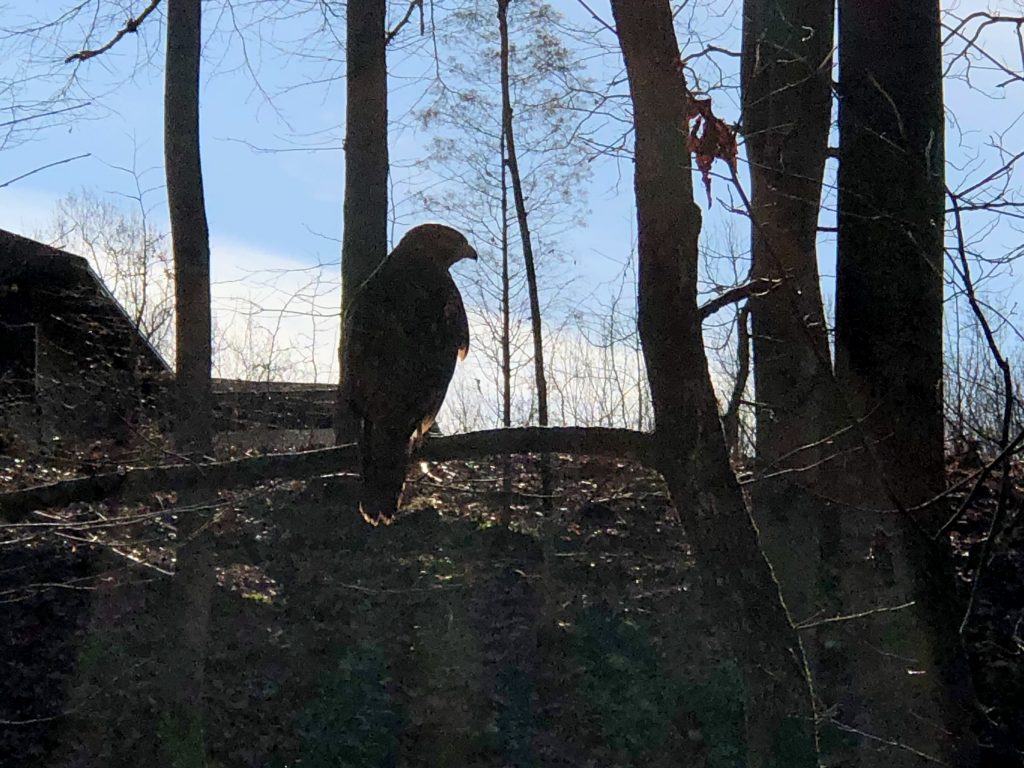
I am very thankful for the times that wildlife has presented itself to me during my hikes on the trail. From white-tailed deer, who are usually seen traveling in packs, to the Pileated Woodpecker, who are more rare to spot than the deer, but are commonly either seen hopping on the ground or flying from tree to tree. It’s no surprise that so many people enjoy coming to Triad Park; it really has everything a human or non-human animal could it. It truly is a place for everyone.

